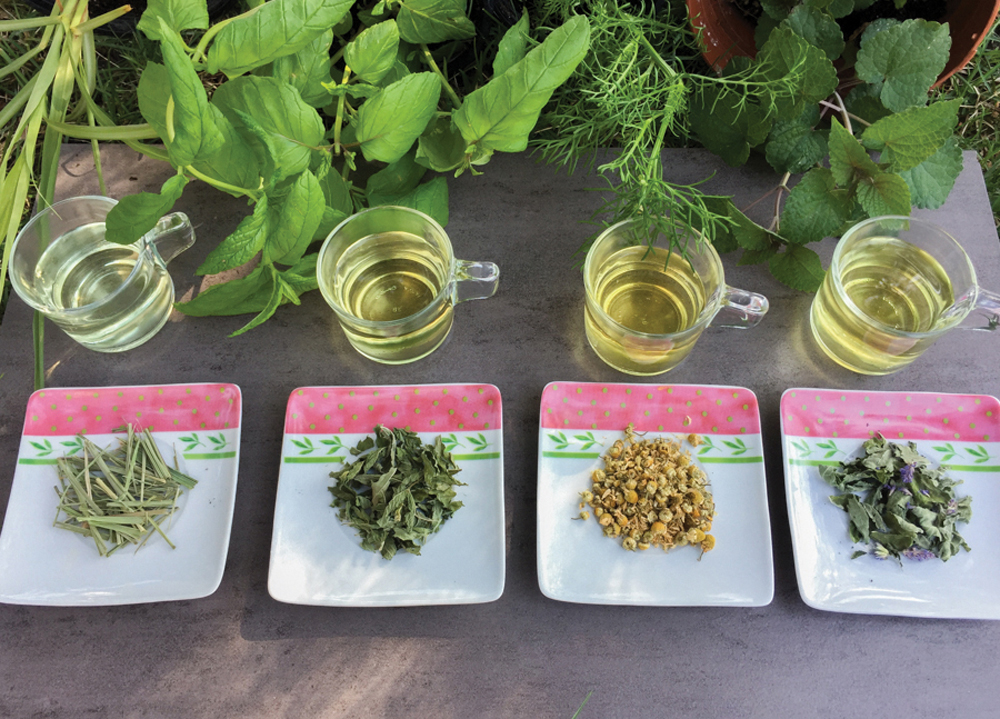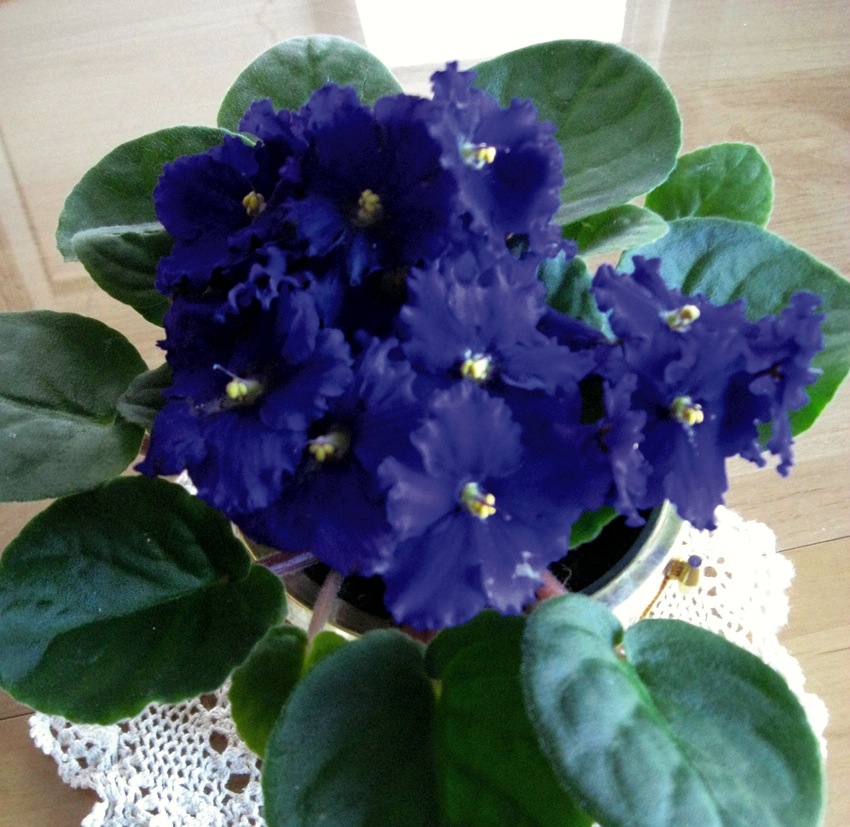Why not create a “desert garden” by growing cacti? They are hardy, easy to care for and come in a variety of sizes and shapes.
Though easy to care for, cactus plants are quite particular in their wants and if you grow them you must be familiar with their natural environment. They originate in some of the world’s harshest climates – the semi-arid and near-desert regions of North and South America.
The various shapes of the cacti have evolved as a means of water preservation. The common globular, cylindrical and column shapes have small surface areas in relation to volume so that water loss is reduced. A tough, thick or waxy skin protects them from drying out, while the spines and hairs shade them from the hot desert sun.
Read Also

Giant Canada geese have gone wild in Manitoba
Giant Canada geese are seemingly everywhere and can be fine table fare for local hunters, but 70 years ago, they were borderline extinct.
The natural habitat of the cactus has a rainy and a dry season. The plants store up water during the rainy season and then “live off themselves” during the dry season, and the ribbed and fluted shapes allow them to shrink without harm during the drought.
These natural growing conditions should be duplicated as much as possible, and the soil must be very porous as the roots need air as well as water. Use either premixed cactus soil or prepare your own with two parts loam, two parts sand and one part leaf mould.
Choosing the right container to grow cacti in is important as well. Plastic pots may allow the roots to get waterlogged so a clay pot with a predrilled drainage hole and deep enough to allow room for large storage roots is the best choice. Place pebbles or broken pot chips in the bottom for drainage. Insert the cactus, spreading the roots out, and fill the container with potting mix up around the plant’s neck. Give the pot a “thump” to settle the soil then press lightly around the plant with your fingertips. Do not water for two days, allowing the soil to settle.
Go easy on the watering – too much may kill the plant. From spring until fall, water as soon as the soil dries out but never let the pot stand in water. Stop watering from November until the end of March and when watering resumes, do so gradually. This drought period is necessary and during the rest time, flowering cacti may begin to produce flower buds which will open when watering begins again. It is normal for cacti to shrivel a bit during winter.
Spines and hairs are ways for cacti to shade themselves, so if the plant has many it should be placed in a south-facing window. The greener the plant, the less sun it needs.
With so many varieties of cacti available there’s sure to be one suitable foryourhome.
– Patricia Futros writes from Oakbank, Manitoba
———
Thougheasytocare for,cactusplants arequiteparticular intheirwants.














